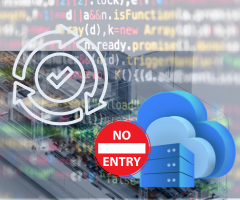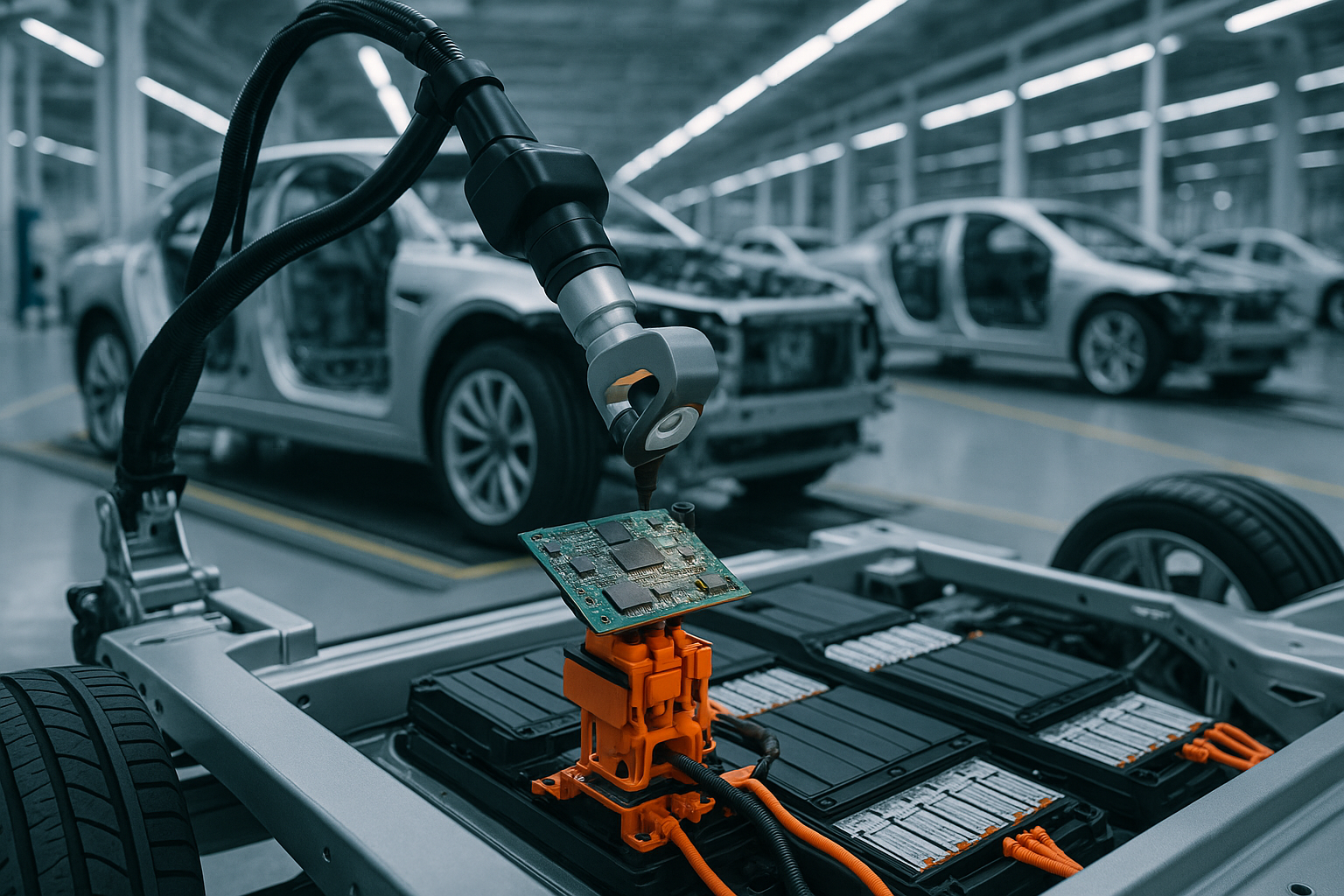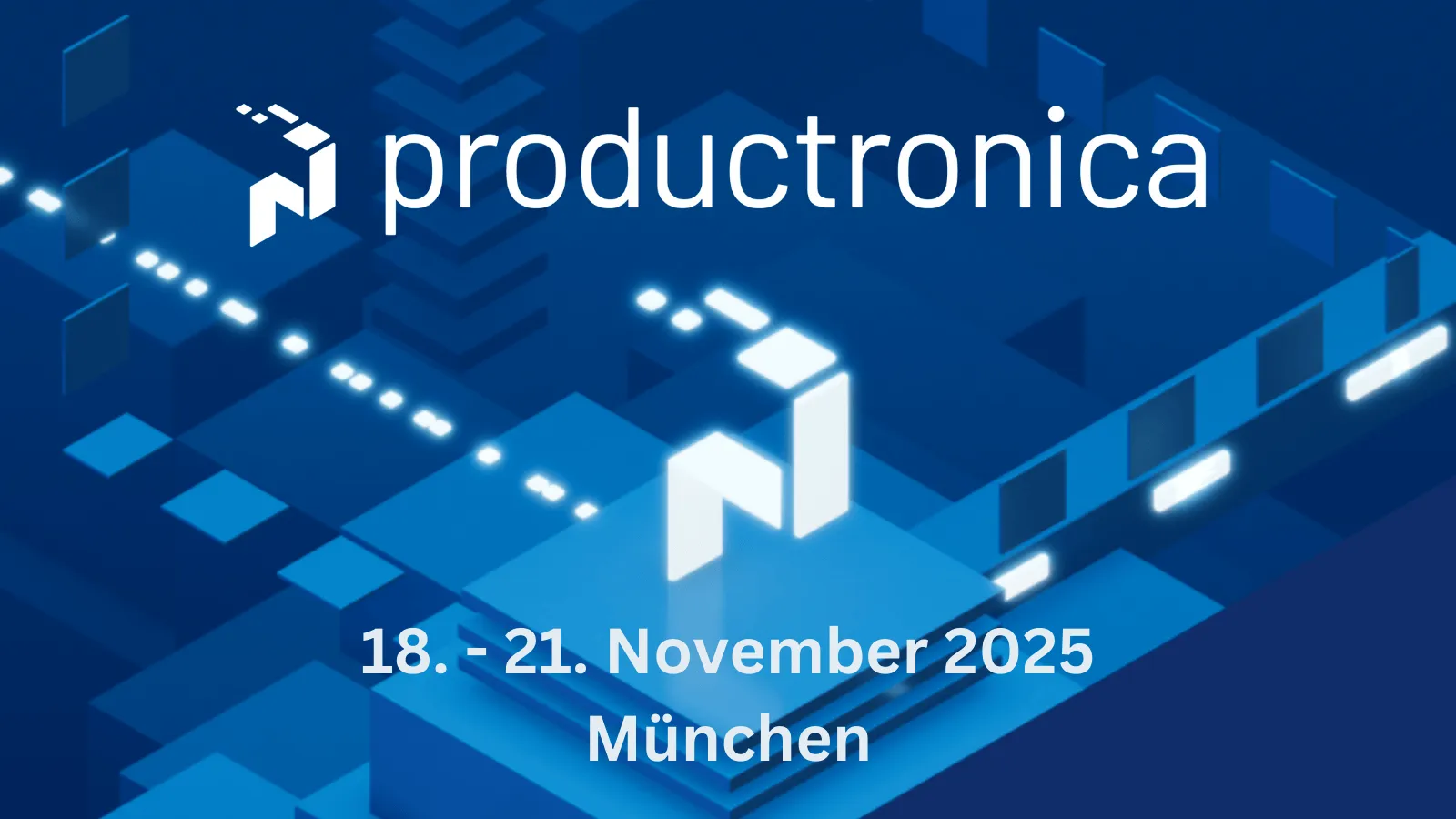I wish you could visit me in Max’s World, where everything is bigger, brighter, and more colorful. The birds sing sweeter (and in harmony), the flowers are more fragrant, the butterflies are more brillacious a neologism of brilliant and bodacious that I just invented and the beer flows plentifully and cold. Most importantly, everyone is nice, kind, honorable, and trustworthy. No one would even dream of doing anything naughty.
Unfortunately, like you, I am forced to spend my waking hours in the real world where naughtiness is the order of the day. Take printed circuit board assembly (PCBA), for example, which is where all of the electronic components (like resistors, capacitors, ICs, connectors, etc.) are mounted and soldered onto the board.
You’d think that the hard part of a new electronic product development was creating and verifying the design. When it comes to actually manufacturing the circuit boards, for example, what could possibly go wrong? Well, obviously, there are myriad technical issues to be addressed, but today’s automation and PCB assembly processes are spectacularly awesome. Of more concern is the possibilities that stem from human incompetence and maleficence.
Sometimes we may be talking about honest mistakes, like an inadvertent component substitution. For example, I heard tell of a board intended for automotive applications where one of the components was the correct function but wasn’t of automotive grade, resulting in a multimillion-dollar recall event when the issue eventually came to light.
Other times, we may be talking about a contract manufacturer (CM) deliberately substituting a specified part for something that’s supposed to be equivalent (perhaps because it’s cheaper), but that turns out to be not as good. There’s also the possibility of the CM knowingly or unknowingly using cloned, counterfeit, or reclaimed parts. Another concern is when a bad actor, like a nation state, arranges for additional components to be added to a board in order to compromise its cybersecurity.
As one example of this latter case, I’m thinking of the Bloomberg Businessweek Report circa 2018 (see also the Dialogue China Column). The gist of this column is that a company called Elemental Technologies designed a high-end server. In addition to commercial companies like Apple and Amazon, these servers ended up in Department of Defense data centers, Navy warships, the CIA, and… the list goes on.
The servers in question were assembled for Elemental by a San Jose-based company called Supermicro (more formally, Super Micro Computer Inc.). According to Bloomberg, Chinese operatives infiltrated Supermicro’s supply chain and embedded tiny microchips into the server motherboards. These chips were said to be about the size of a grain of rice and capable of creating backdoors into affected systems.
Apple, Amazon, Supermicro, the US Department of Homeland Security, and the UK’s National Cyber Security Centre have all stated (and keep on stating, even if you don’t ask them anything) that they have no knowledge of any of this… so it must be true.
Why am I waffling on about this? Well, I was just chatting with Eyal Weiss, the CTO at Cybord. Eyal informed me that the folks at Cybord have just announced an advanced visual-AI PCBA inspection solution called ShieldScan that delivers unprecedented visibility and security in electronics manufacturing. In a crunchy nutshell, ShieldScan offers the following:
- Detects malicious hardware implants to prevent rogue chips from compromising security.
- Detects missing components.
- Detects unauthorized replacements.
- Verifies component origins to meet strict regulations, including US country-of-origin bans.
- Achieves unmatched traceability with 100% visual verification of every component.




